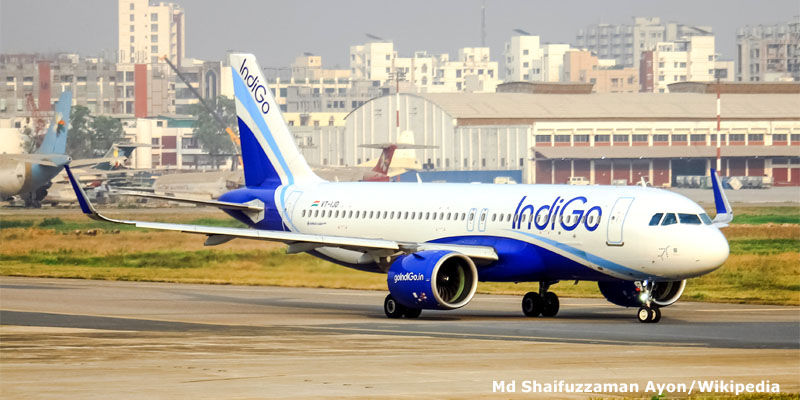The European aviation industry has completed final testing of the ‘SESAR’ ground-to-ground interoperability (IOP) solution, a system that will allow Europe’s 63 air traffic control centers to exchange real-time flight path information they control, EuropaPress reported.
See also: EASA is pleased with the changes made to the 737 Max.
Air navigation service providers from Germany (DFS), France (DSNA), Spain (Enaire), Italy (ENAV) and Eurocontrol’s Maastricht Upper Airspace Control Center (MUAC), as well as technology providers Indra, Leonardo and Thales, have collaborated in its development within the framework of the research and innovation program ‘SESAR Joint Undertaking’ (SESAR 2020).
See also: Boom Supersonic CEO explains how his plane could rescue supersonic flight.
The solution addresses the problem that flights are forced to adjust their trajectory or speed every time they cross a border or air sector to avoid conflicts with other aircraft. This situation occurs because air traffic control centers share and update flight path information in a sequential manner.
For this reason, the SESAR JU’s ground-to-ground interoperability project (IOP) 4DTM, coordinated by Indra, has developed a solution that allows the sharing of reliable, complete and updated information on the trajectory of a flight, from takeoff to landing, which takes into account any possible restrictions that may exist in the different air spaces and sectors that it will cross.
The last tests with the solution took place last June for two weeks in a simulation environment that reproduced the operations usually managed by the control centers in Maastricht, Reims, Karlsruhe, Geneva, Zurich, Padua and Milan.
All the actions that each center carried out were immediately visible to the others, eliminating the uncertainty about the conditions in which a flight enters another airspace and the need to alter its route.
This solution will also allow air traffic control to be carried out “silently”, as controllers will not have to coordinate by telephone with their counterparts in other centers.
The results of the tests will be presented at the end of the year and will be used to update the standard developed by the European Organisation for Civil Aviation Equipment (Eurocae), which will lay the foundations for the future industrialisation and implementation of this type of system.
Related Topics
India Orders IndiGo to Cut 10% of Flights Following Wave of Cancellations
Crisis That Led to IndiGo’s Collapse and Exposed the Limits of Its Operating Model
IndiGo Faces Third Day of Mass Cancellations, Deepening Chaos in Indian Airports
India Opens Investigation into Air India After Operating Aircraft with Expired Airworthiness Certificate
Líder en noticias de aviación




